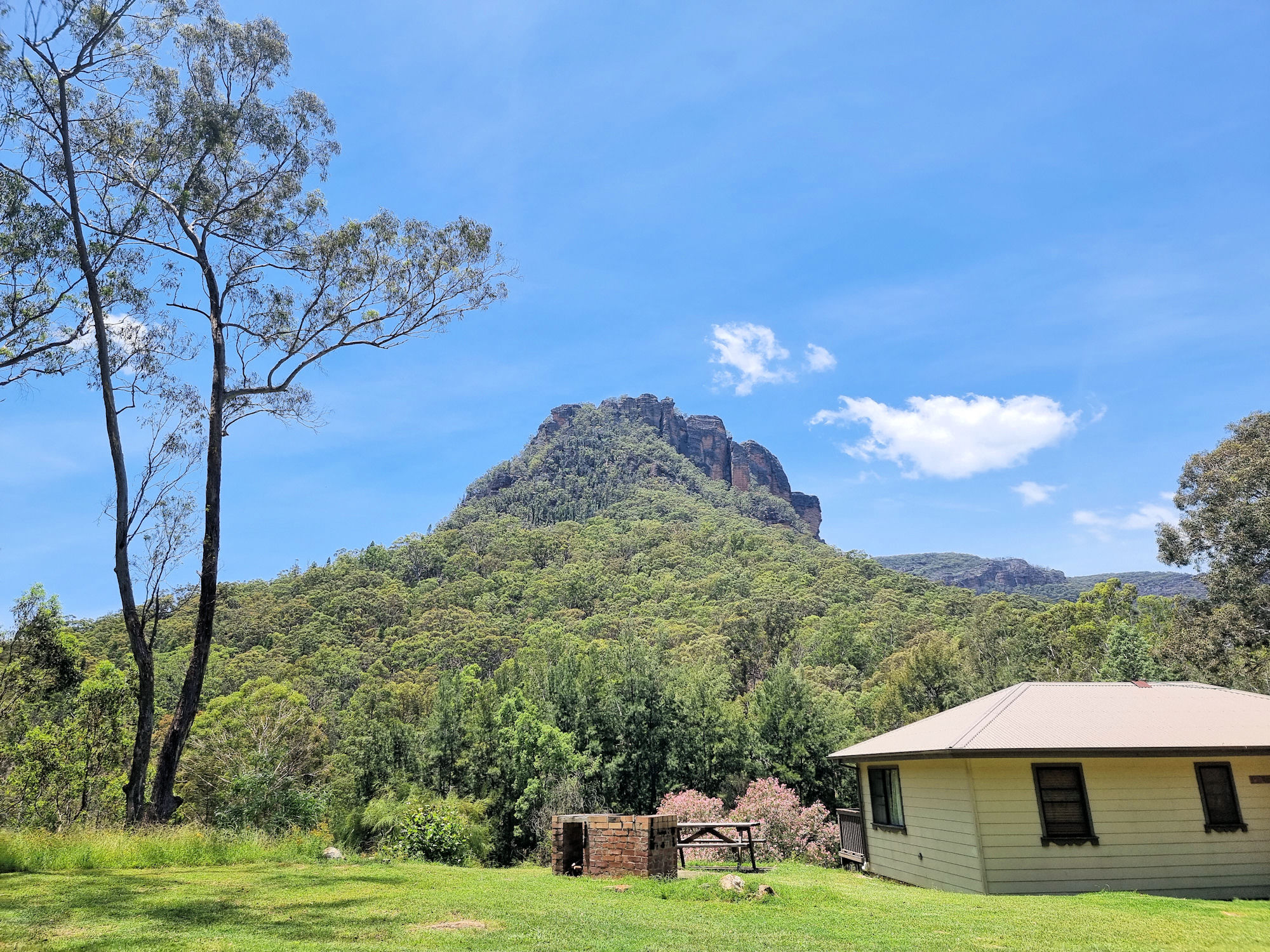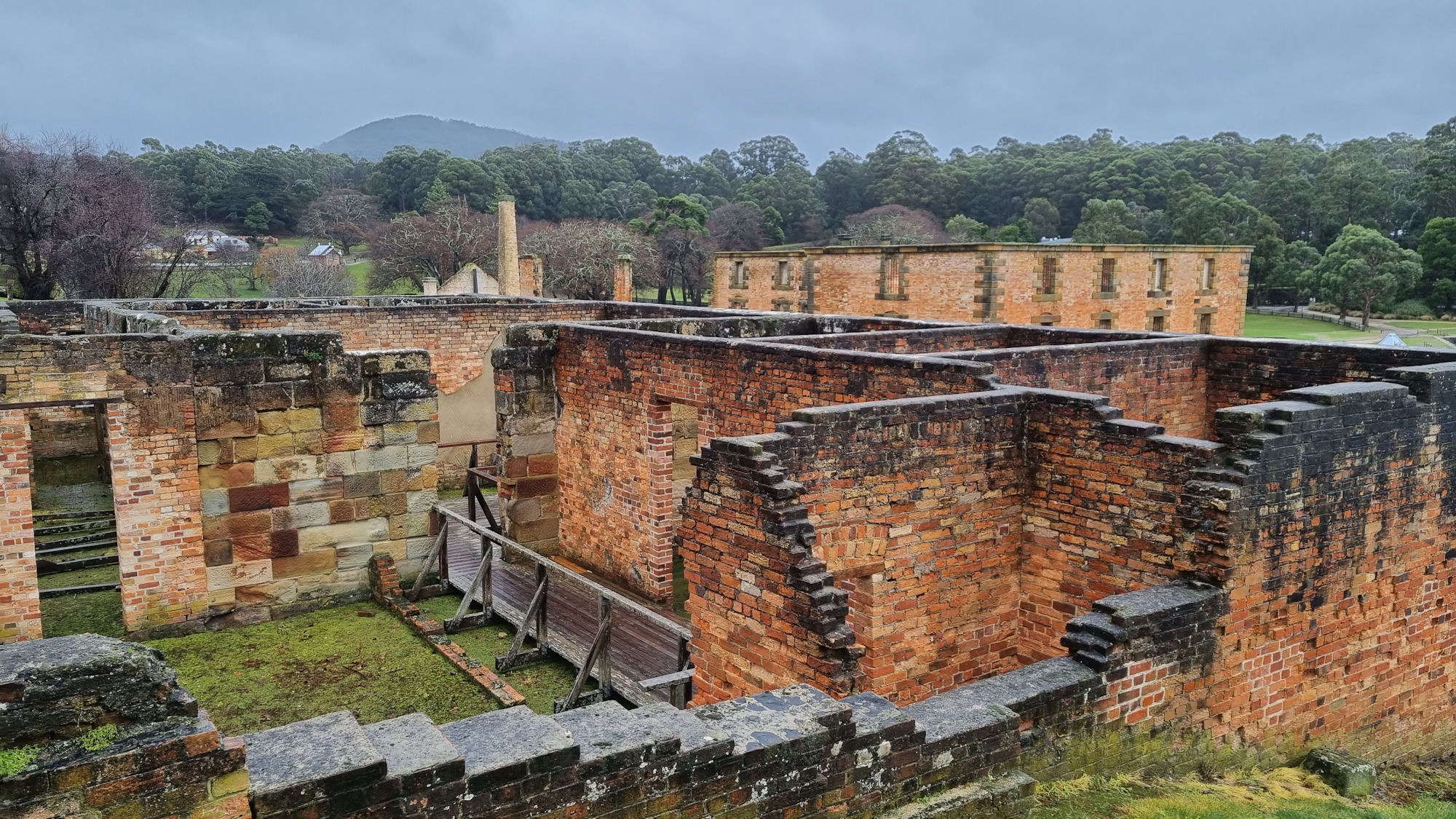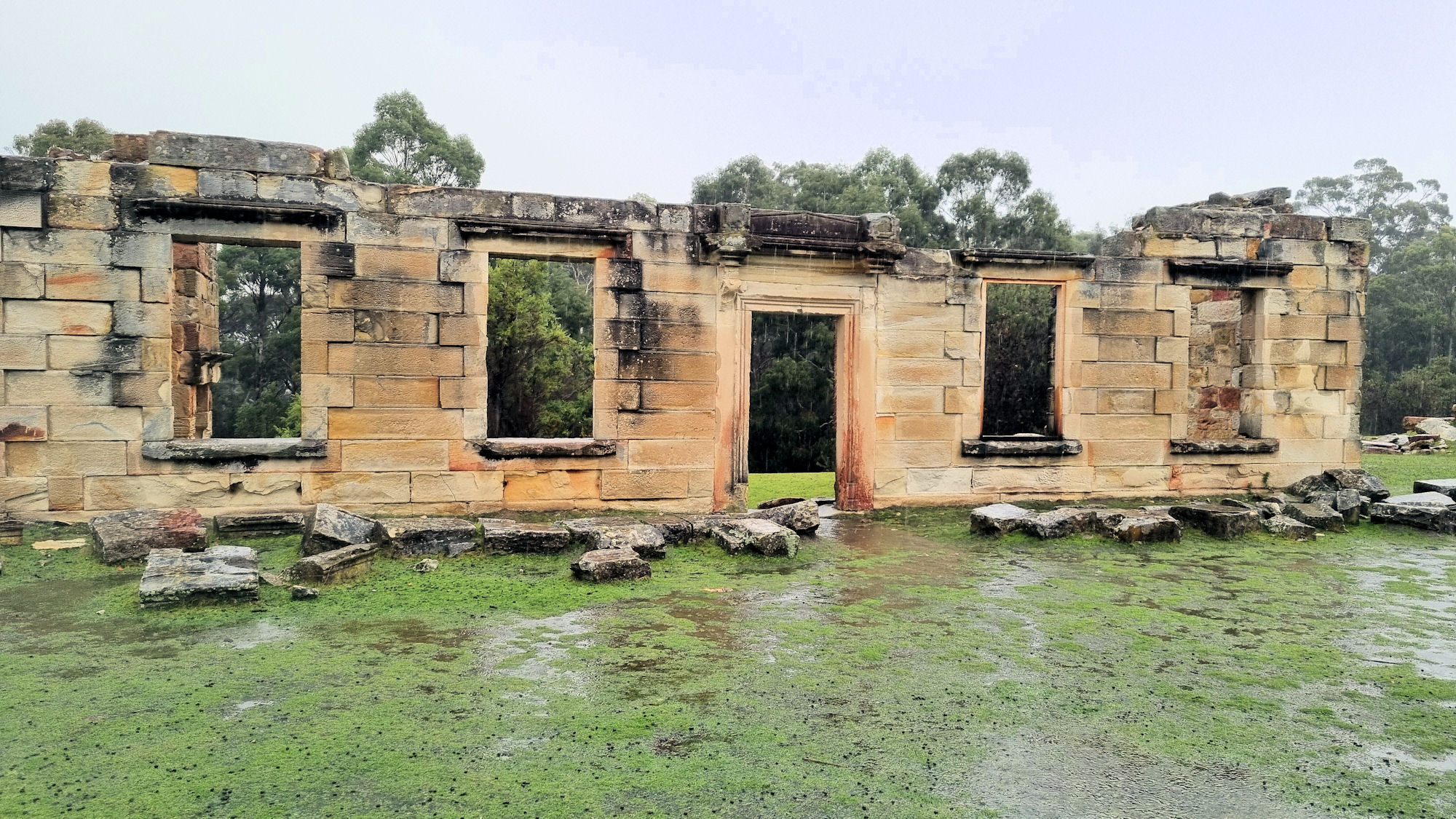Tag: Ruins
-
Newnes Industrial Ruins and Bushwalking

Newnes Industrial Ruins Located in the Wollemi National Park the Newnes Industrial Ruins is a heritage listed collection of decaying ruins of a once thriving shale oil processing plant. Established in 1902 and closed in 1932 due to the availability of cheaper crude oil, all that remain are decaying buildings and processing plant. The area… Read more
-
Tasman Peninsula Tasmania Australia

Tasman Peninsula The Tasman Peninsula has an wonderful array of historical and natural locations explore. Containing some of Australia’s oldest convict sites, it tells the story of early colonial life while being surrounded by amazing natural beauty. During our stay here, we visited the sites below. This is by no means all there is to… Read more
-
Coal Mines Historical Site Tasmania

Coal Mines Historical Site The location of Tasmania’s first operational mine, the Coal Mines Historical Site, is now part of a World Heritage listed site where the ruins form a reminder of the past. Interpretive signs throughout the site not only describe the buildings use, but provide an insight into life there, by describing the… Read more